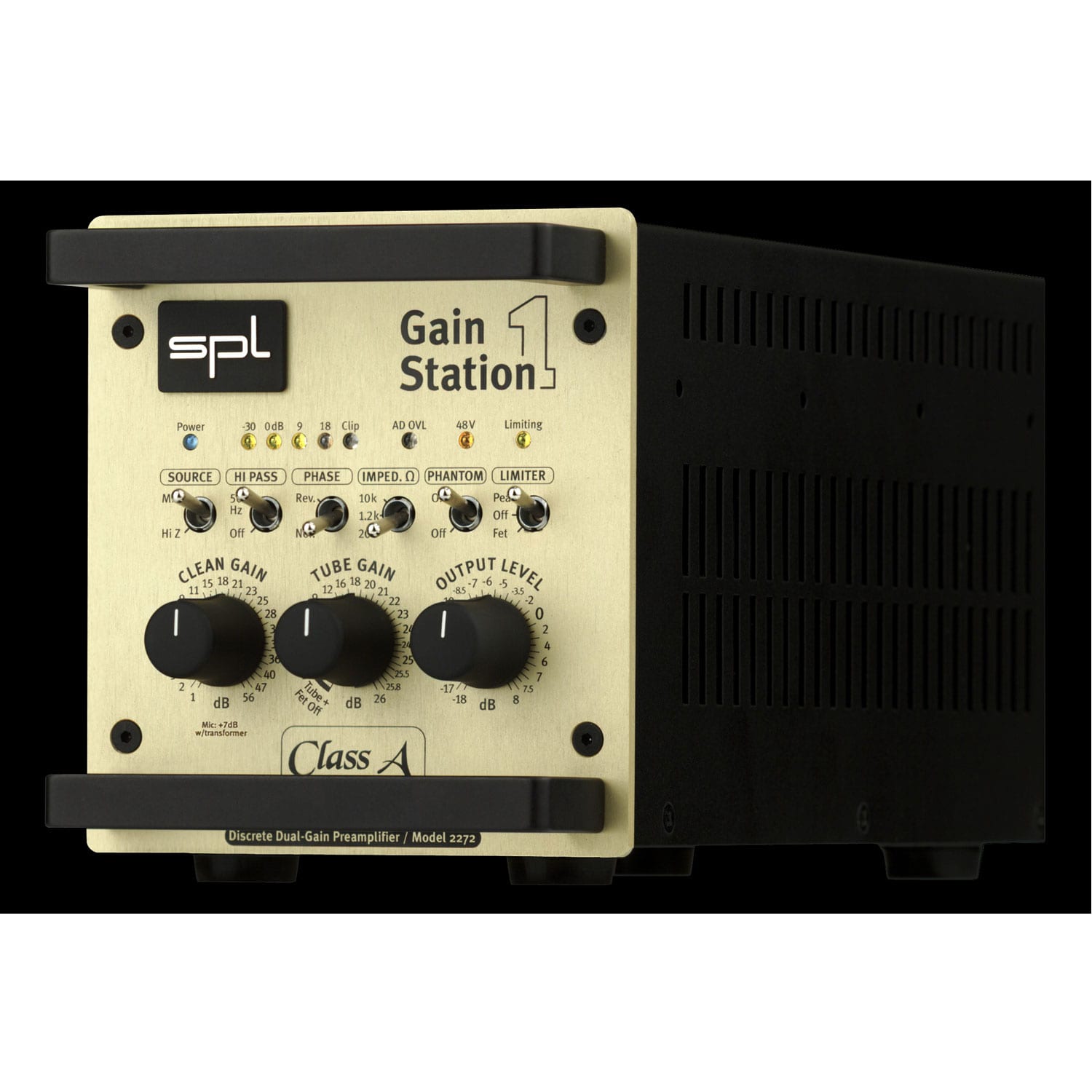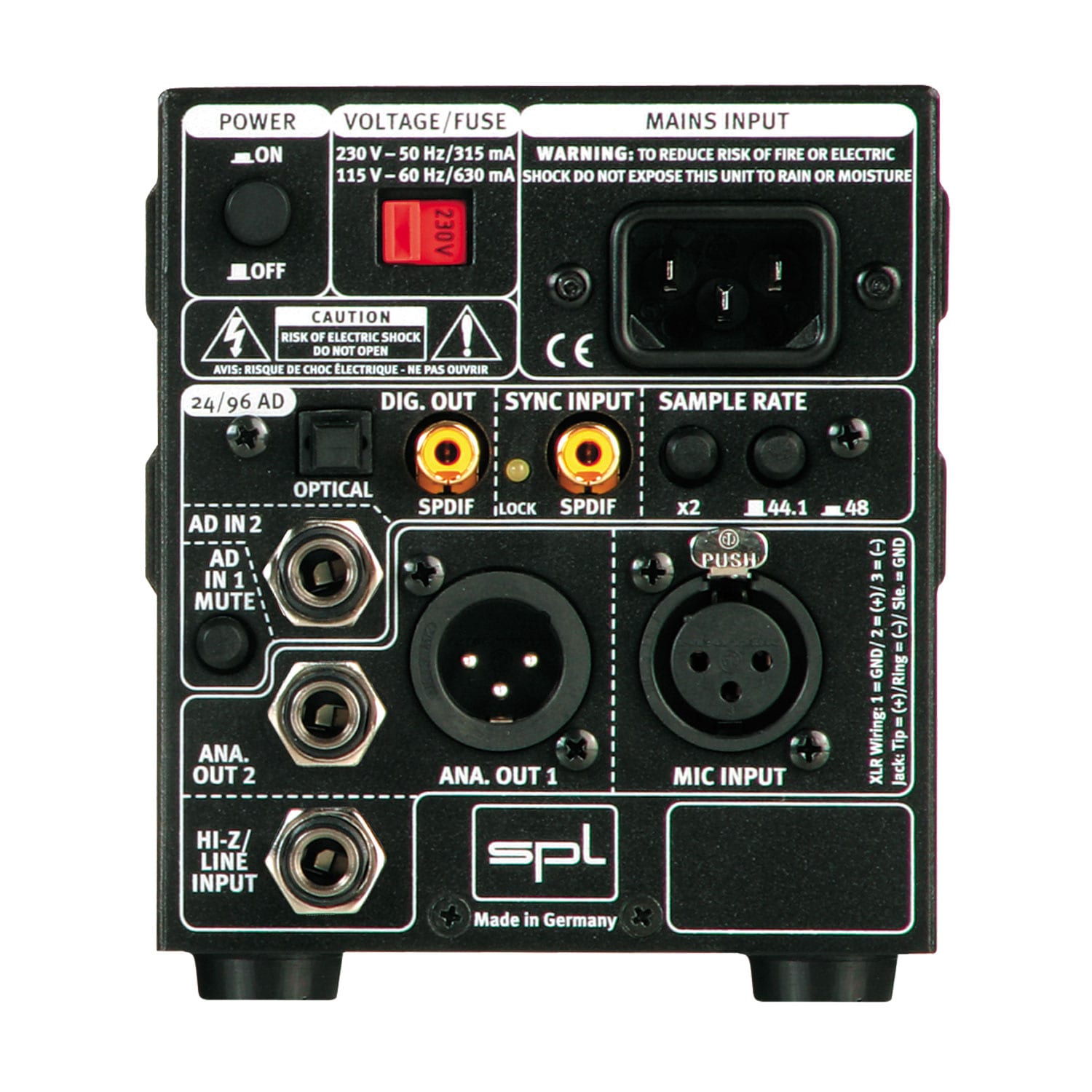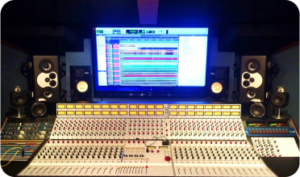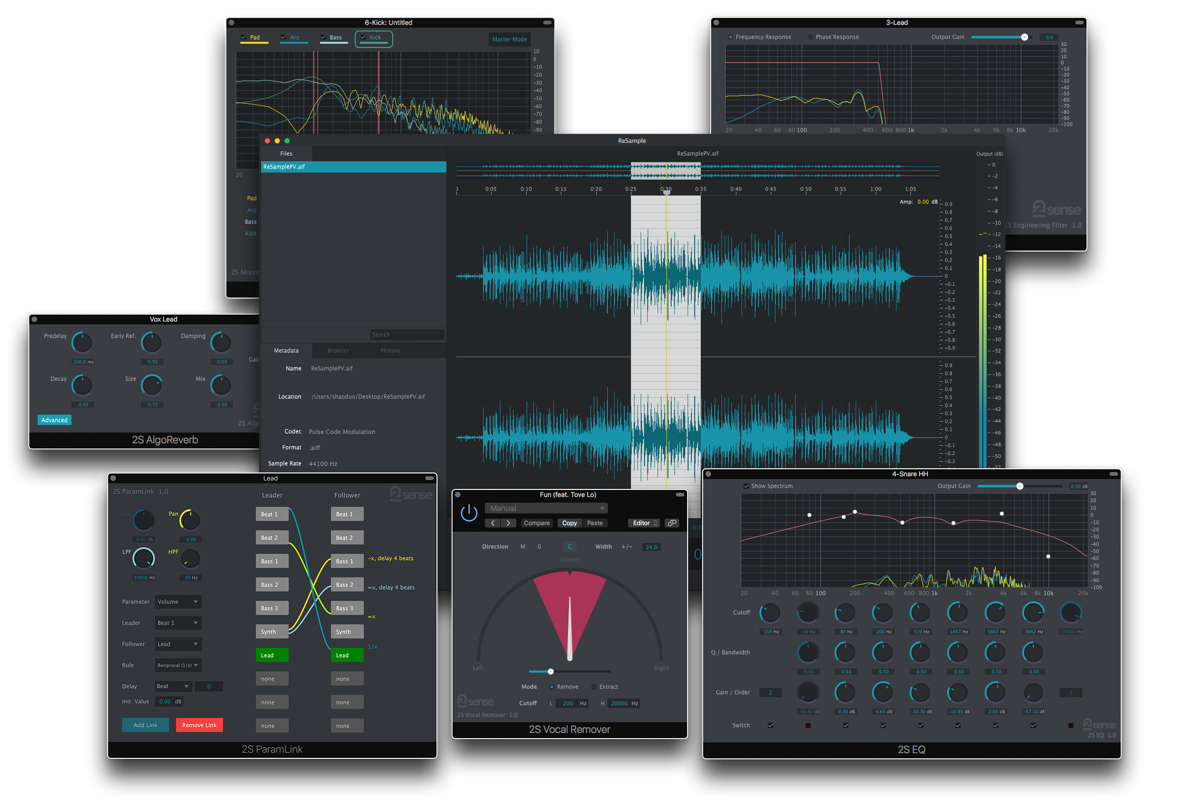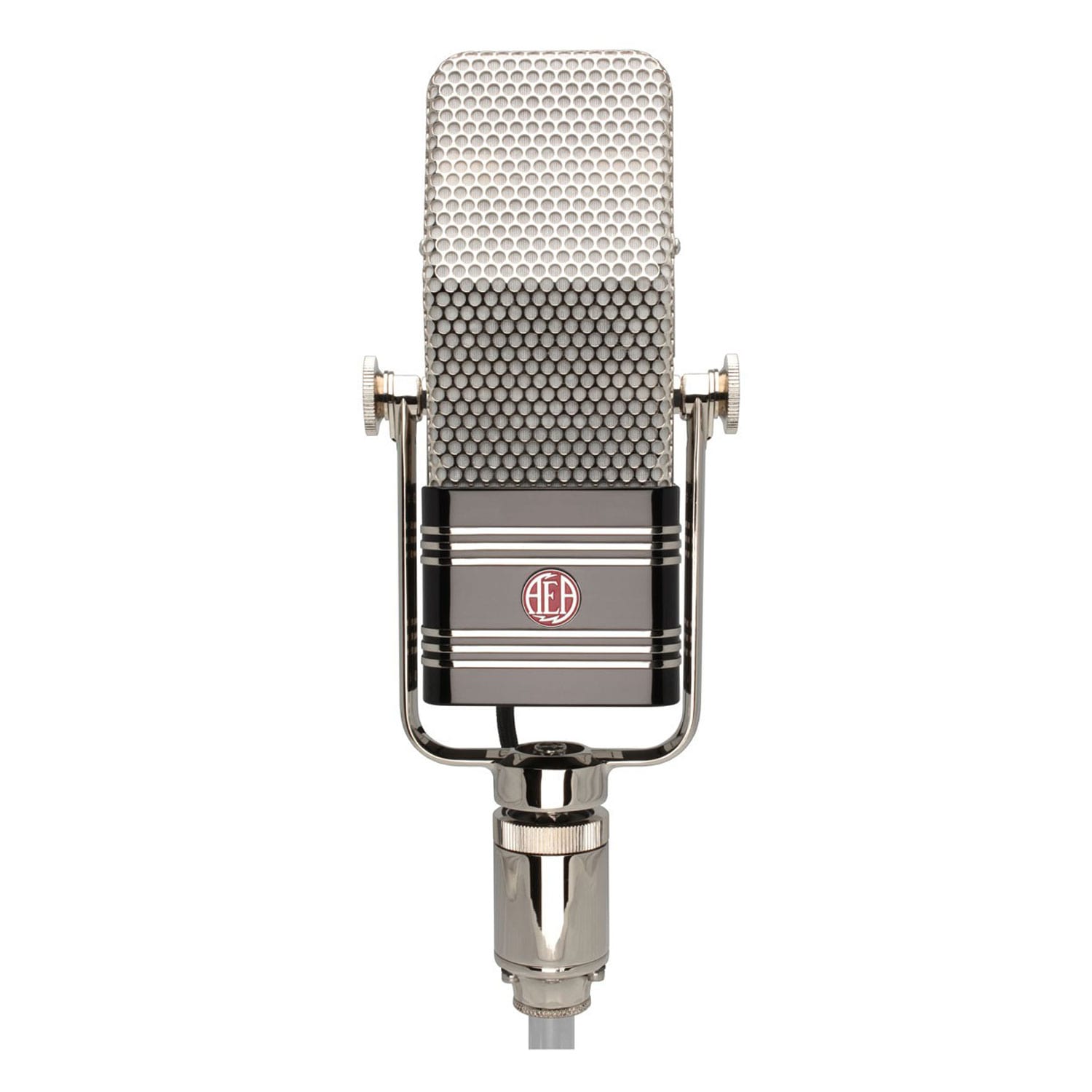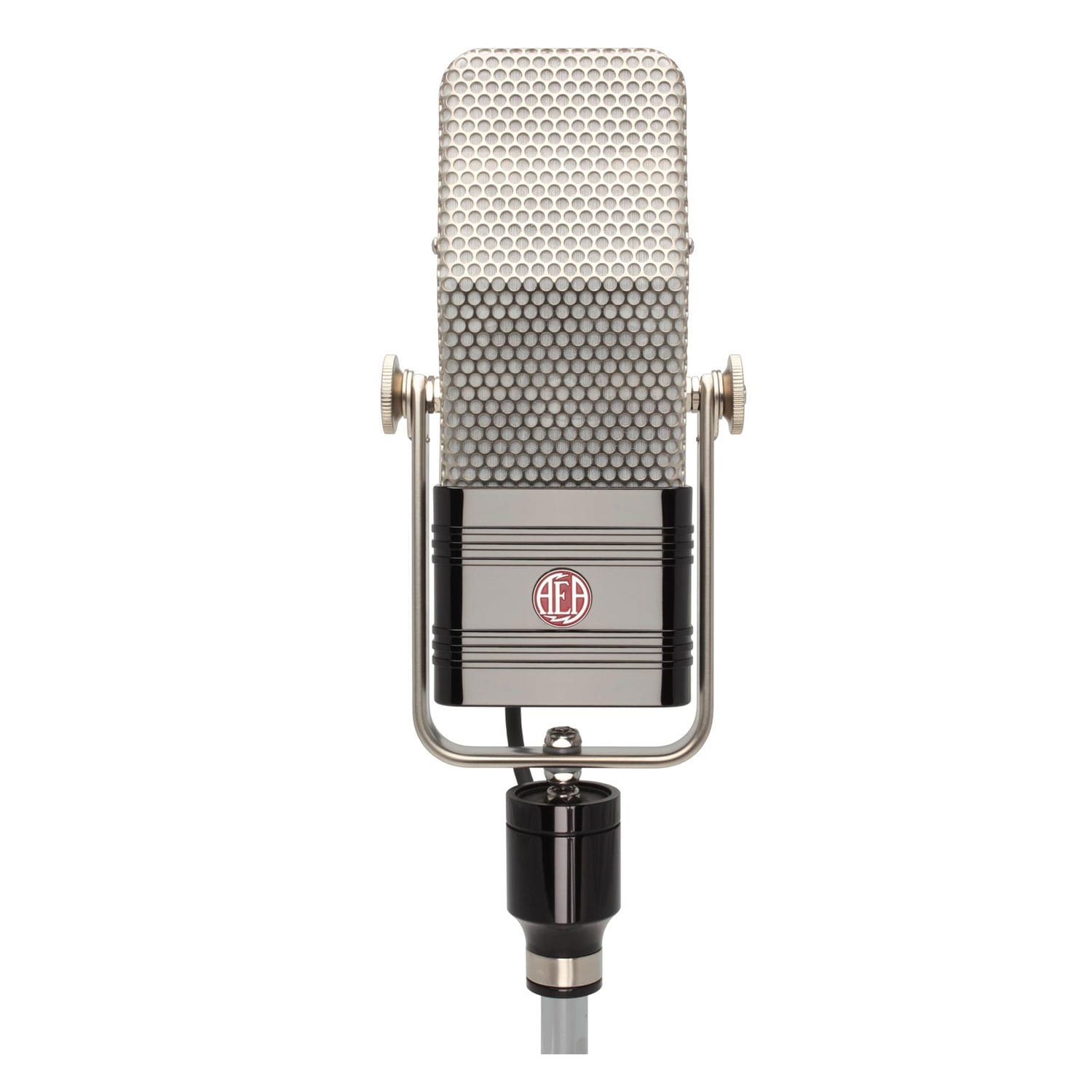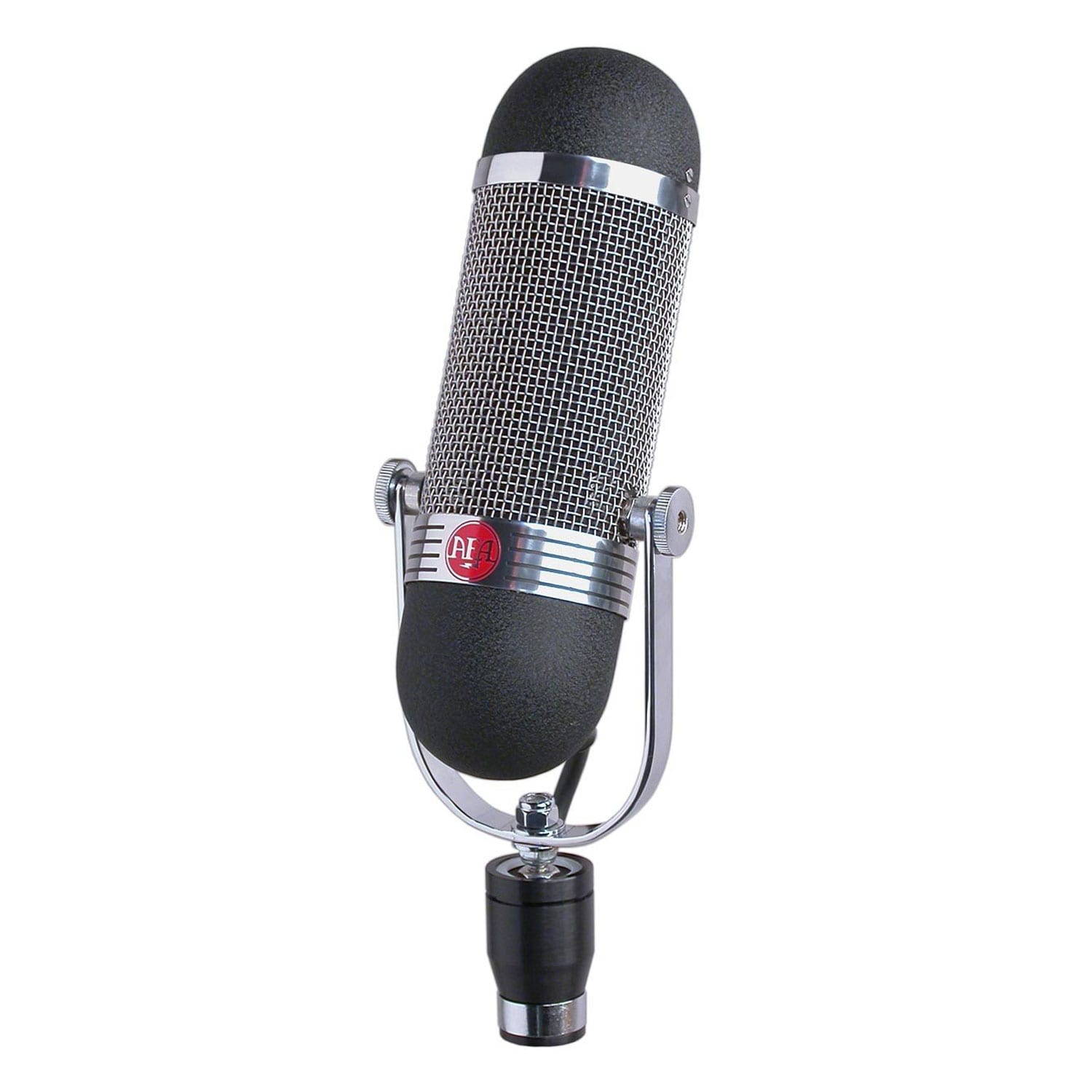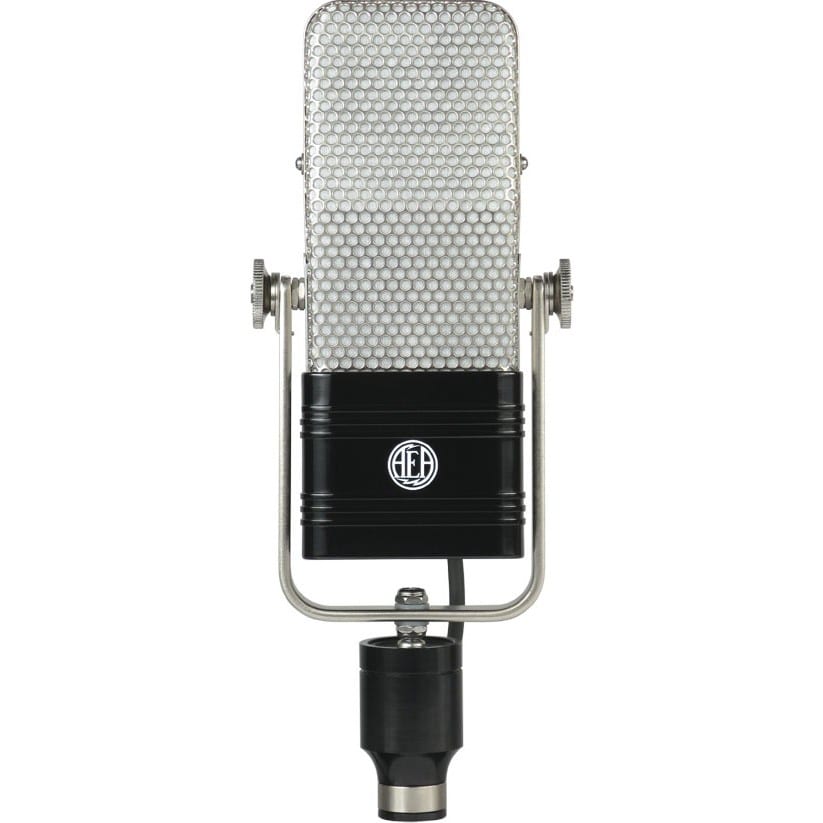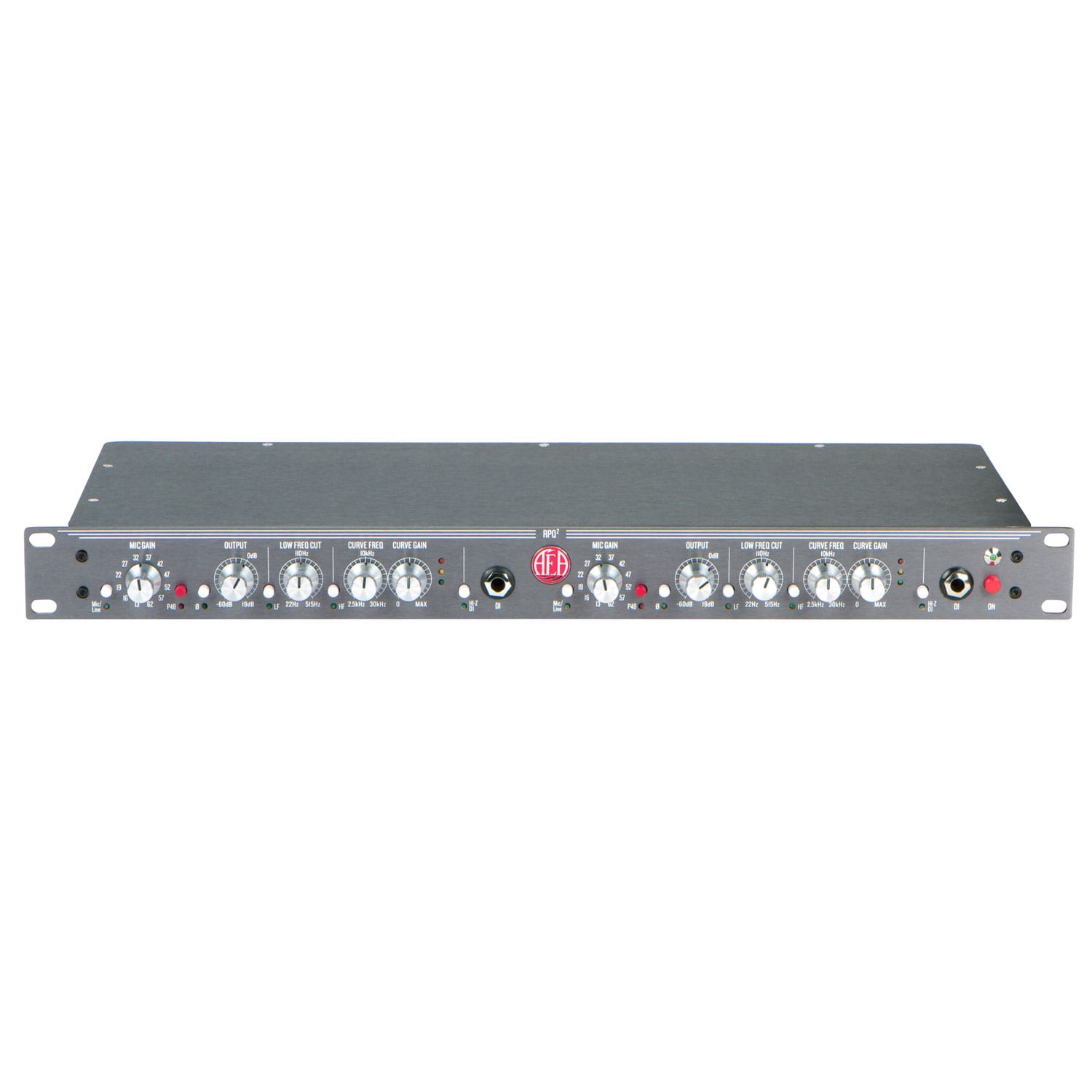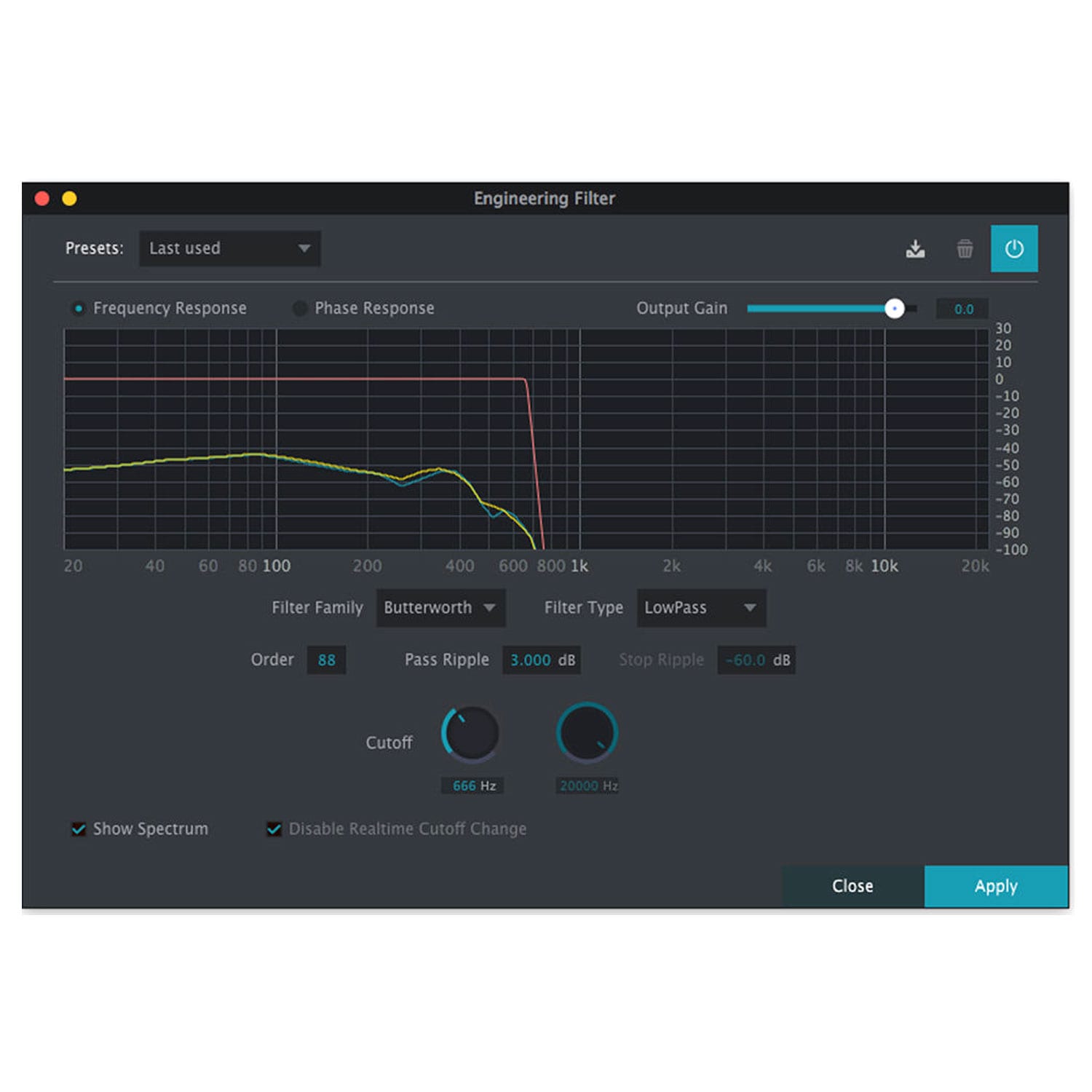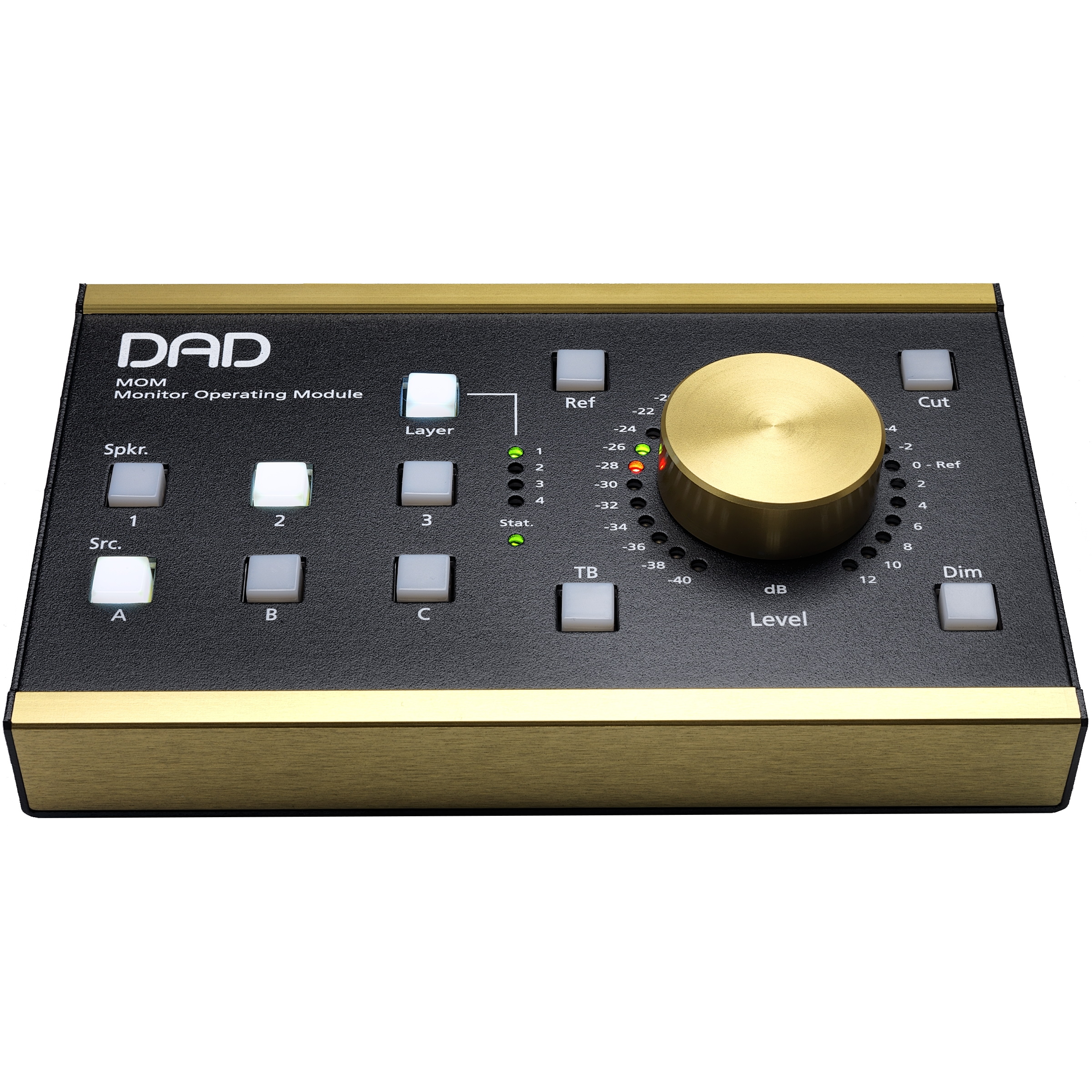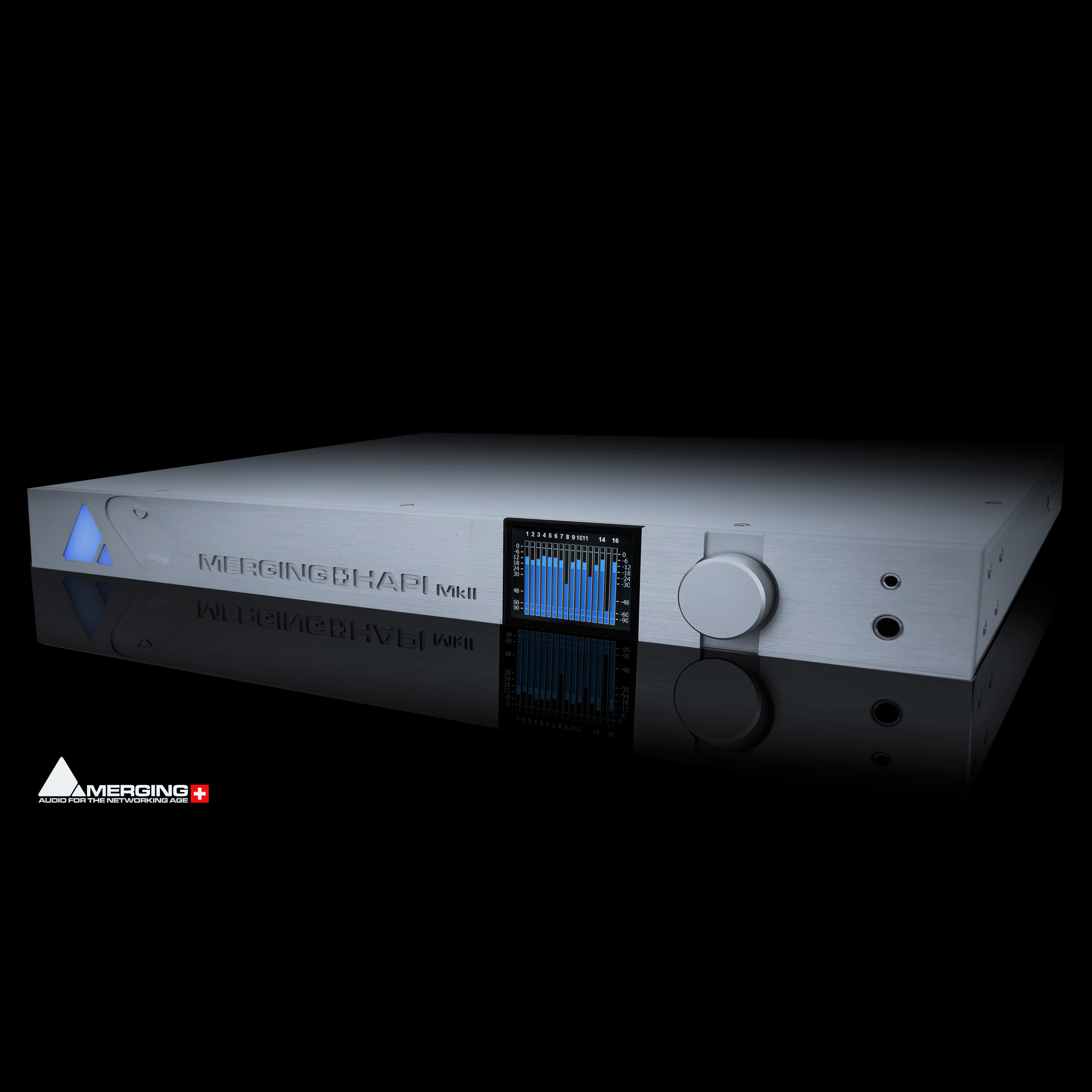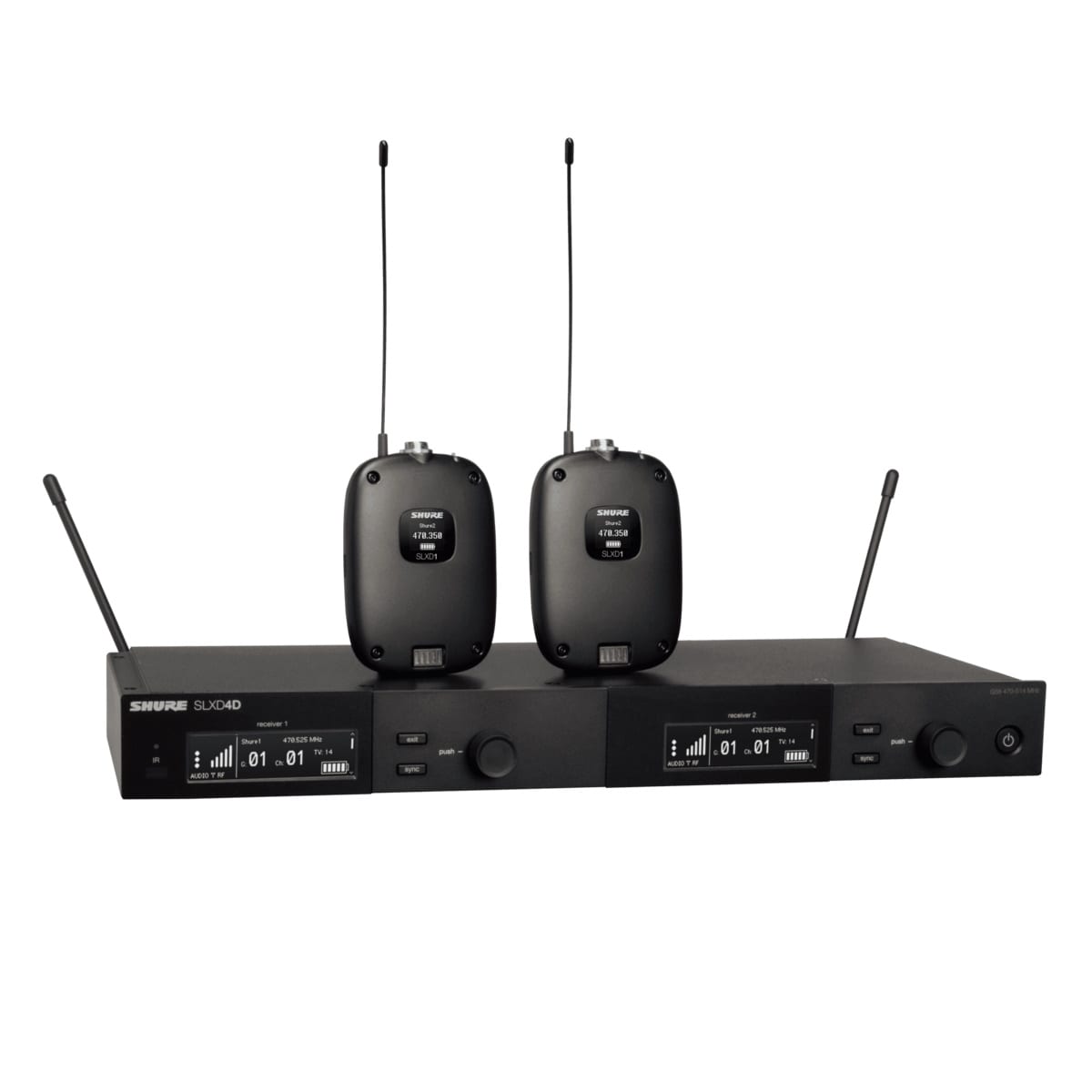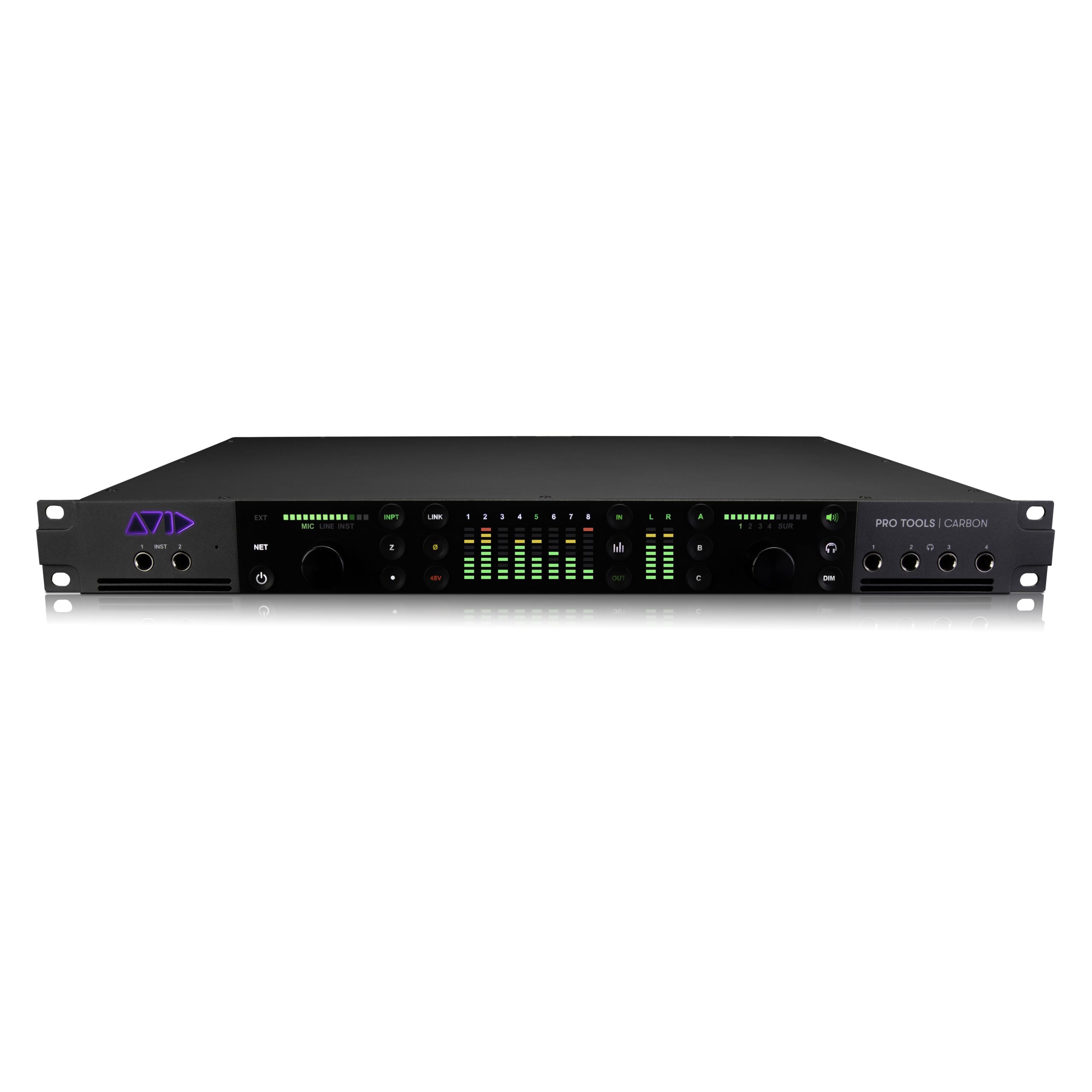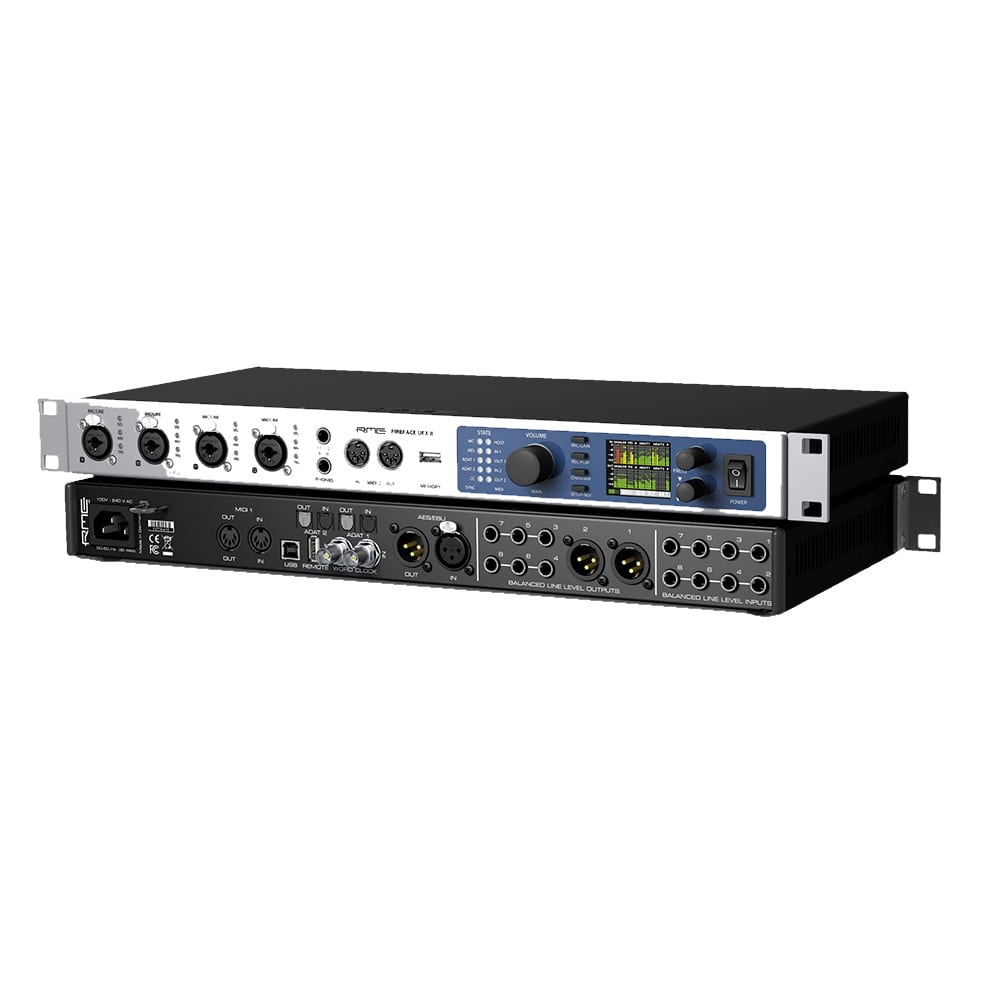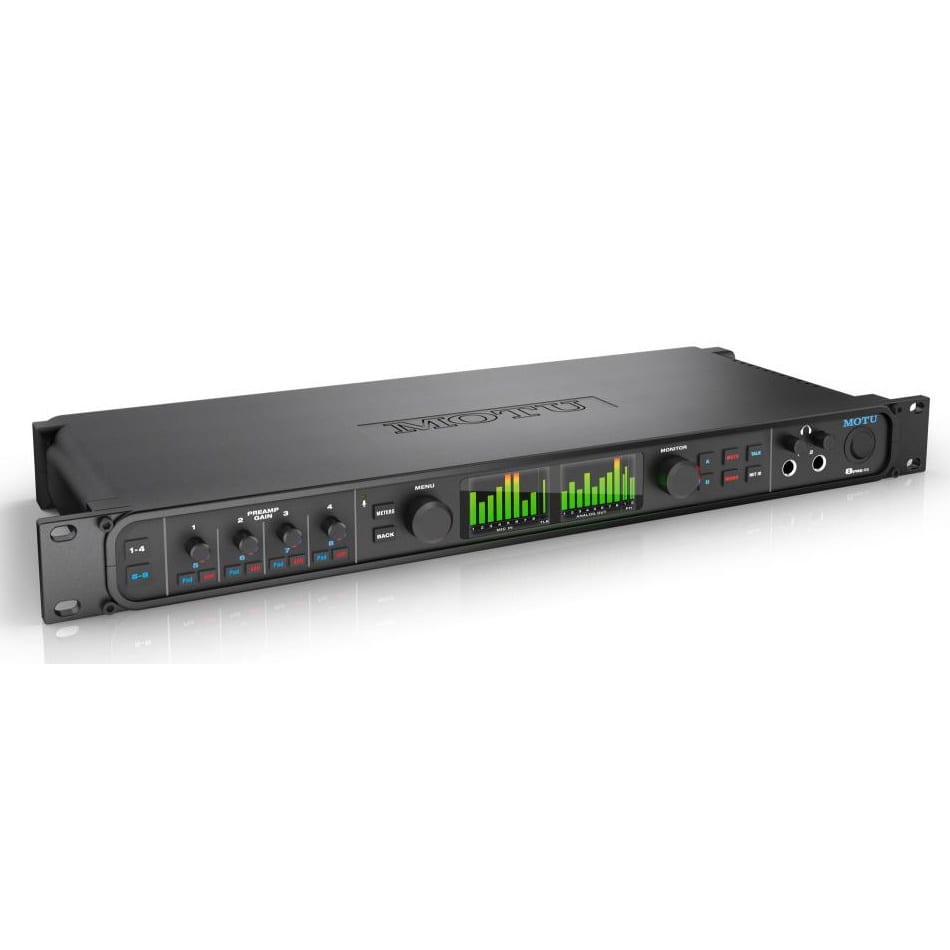Description
SPL Gain Station 1
The Gain Station 1 is a discrete high-end preamplifier that combines Class-A clean gain with high-sounding tube gain and operates with an operating voltage of 60 V.
Class-A meets Tube
The Gain Station 1 is a hybrid preamplifier consisting of a discrete Class A transistor stage and tube stage. The hybrid design of the preamplifier combines the advantages of semiconductors (high dynamics with low distortion, low noise) with the musical qualities of tube sound (pleasant high/overtone spectrum, beautiful three-dimensionality).
The Class A transistor preamplifier is based on our DMPA operational amplifiers, which operate with an operating voltage of +/- 30 V.
The preamplifier has a Butterworth Hi-Pass filter, polarity inversion, impedance selection, 48 V phantom power, and a limiter.
Clean Gain
The Clean Gain stage is a balanced instrumentation amplifier built with our DMPAs (Discrete Mic Pre Amp, 60 Volt rail).
In Class A mode, both end transistors always remain in a conducting state, thus avoiding crossover distortion.
With a slew rate of over 100 V/µs, it is capable of amplifying even fast details and high frequencies cleanly and with low distortion.
Tube Gain
The tube gain stage is equipped with a 12 AX 7 LPS. It impresses with good noise figures and an open and clear sound image.
As a decoupling capacitor, a WIMA MKP type is used, which is very generously dimensioned with 2.2 µF, in order to work clean and powerfully also in the bass range.
HiZ/Line Input
Input & Output Stages
The input differential amplifiers are constructed with closely toleranced and thermally coupled transistor pairs.
The output stage operates as a current amplifier, which also offers pure class A operation with over 6mA quiescent current. DC voltage components are eliminated with an active servo circuit instead of coupling capacitors.
AD Input 2
The optional converter has two channels and can therefore convert an external mono signal in parallel with the GainStation 1.
Features
- Separately controllable transistor and tube preamplifiers
- The (switchable) tube stage delivers subtle to brutal tube saturation
- Only high-quality MKP film capacitors are used in the tube stage
- Peak/FET Limiter
- Polarity-reversal stage
- 48-Volt phantom power
- LED level indicator
- Switchable impedance adjustment for the microphone input (200 Ω, 1,2 kΩ & 10 kΩ)
- Discrete operational amplifiers in Class A technology instead of industrial ICS
- The amplifier slew rate of <100 V/µs
- Gas-encapsulated relays with gold-plated contacts
- Resistors with 0.1 % tolerance in the entire audio path
- Power supply with double shielding, each voltage with its own winding and regulation
Lundahl Transformers
The Sonic Aspects
Transformers are used as an alternative to electronic balancing stages in the inputs and outputs.
Transformers can be found in many classics of audio engineering. They make the bass and fundamental tines rounder and give it a little more punch. The high and overtone range sounds a bit silkier and more present.
We find transformers to be advantageous, especially for voices. For the highest precision and speed in signal transmission (transient processing), however, electronic stages are better suited. The bottom line is that it is a question of taste and application.
In the Mic Preamplifier
In the case of preamplifiers or channel strips, the 2161 input transformer, which is specially designed for microphone inputs, provides an additional gain of up to 14 dB (depending on the microphone), which must then be added to the scaling.
This relieves the microphone preamplifier. Since the transformer ratio passively increases the level, no noise is added. Therefore, the input transformer is more important than the output transformer in preamplifiers.
However, it is only when both transformers are fitted that all positive sonic aspects are achieved – as well as increased operational reliability.
AD Converter Module 1090
The 24-bit converter module provides a SPDIF output which is available as coaxial and optical output.
The internal sampling rate can be set with switches to 44.1, 48, 88.2, and 96 kHz. Other sampling rates (32, 176.4, 192 kHz) can only be set with an external synchronization signal.
Specifications
Line inputs & outputs; XLR (balanced) & TS Jack (unbalanced)
Microphone Preamplifier, XLR (balanced)
Instrumenten Preamplifier, TS Jack (unbalanced)
Internal Linear Power Supply with Shielded Toroidal Transformer
Mains Power Supply
Dimensions & Weight
Reference: 0 dBu = 0,775V. All specifications are subject to change without notice.
